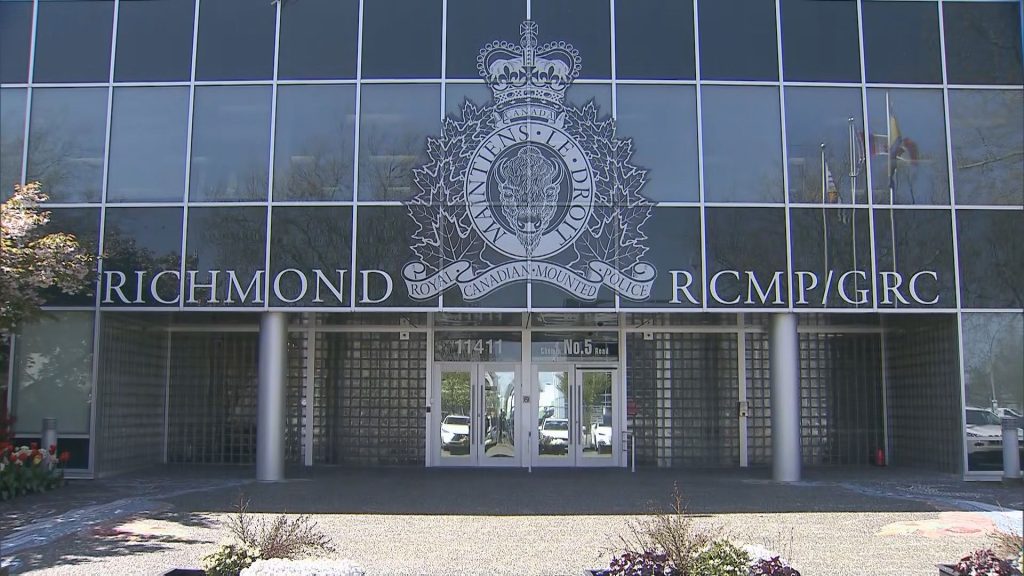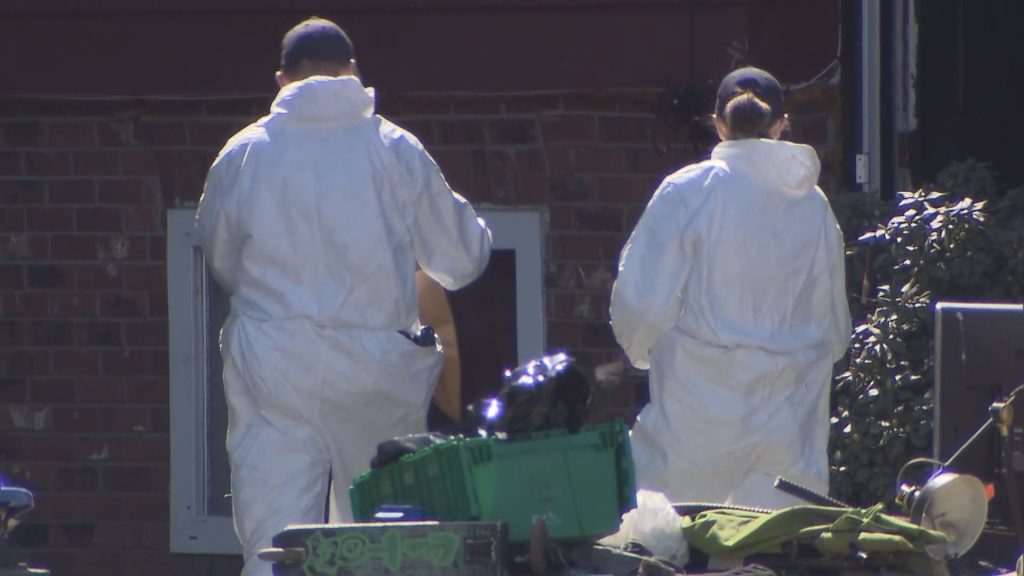Stokowski sleuth finds historic items for Philly Orchestra on conductor’s 100th anniversary
Posted December 21, 2012 11:25 am.
This article is more than 5 years old.
PHILADELPHIA – A century after Leopold Stokowski took the reins of The Philadelphia Orchestra, a history detective set on his trail has tracked down rarely-seen correspondence and belongings of the conductor affectionately known as “Stoki.”
Jack McCarthy, an archivist for the Historical Society of Pennsylvania, conducted a yearlong project for the orchestra to mark the 100th anniversary of Stokowski’s 1912 appointment as conductor with concerts, talks and other events throughout the 2012-2013 season.
“It was real archival detective work,” he said this week. “I was able to find some interesting artifacts … it was pretty thrilling to have those primary source materials in my hands.”
Poring through old correspondence in the orchestra’s expansive archives, McCarthy discovered that the University of Pennsylvania and the Curtis Institute of Music were repositories of some of the maestro’s effects.
McCarthy was able to track down in an unlikely spot — Penn’s rare book and manuscript library — Stokowski’s tuxedo tails and a custom-made podium that orchestra officials were especially keen to find.
“There’s an iconic photo of Stokowski conducting the orchestra in 1939 and he’s standing on this Art Deco podium with circular steps,” McCarthy said. “I was doing research in the rare book library … and there it was. They knew they had it but the rest of the world didn’t know.”
It was a similar case with a set of five Javanese gongs Stokowski purchased in Asia while on sabbatical in 1927 and later used in an orchestra world premiere. Correspondence from Stokowski led McCarthy to the Curtis School, though no one seemed to know anything about the gongs.
“They were in a music room with other percussion instruments,” McCarthy said. “The retired orchestra manager was contacted, and he knew exactly where they were.”
The legendary Stokowski is perhaps most recognized for creating the lush “Philadelphia Sound” around which the orchestra blossomed into one of the world’s finest ensembles during his sometimes tumultuous tenure. He also introduced the ensemble to new audiences worldwide by collaborating with scientists who were experimenting on innovative high-fidelity recording and broadcasting technology.
“In 1932, Bell Labs engineers set up equipment in the Academy of Music and Stokowski and the orchestra made the first-ever stereo recordings of an orchestra,” McCarthy said.
The following year, as the orchestra performed in Philadelphia, the concert was transmitted live over telephone lines to an audience at Constitution Hall in Washington, D.C.
“Stokowski was at Constitution Hall, he was at the receiver and manipulating the sound,” McCarthy said. “Nothing like this had ever been done before.”
McCarthy also discovered that the dashing and theatrical maestro, who died in 1977, also was instrumental in an effort to build a new concert hall. Before the “Temple of Music” project was shelved by the Great Depression, Stokowski had been urging organizers to choose his friend, architect Frank Lloyd Wright, to design what would have been a modernist music palace on the Benjamin Franklin Parkway.
After a brief display this month at the orchestra’s longtime home at the Academy of Music and current location at the Kimmel Center for the Performing Arts, the Stokowski items went back to their respective owners. Many will return for additional Stokowski-related orchestra events next February and May.
___
Online:
Philadelphia Orchestra: http://www.philorch.org/topics/stokowski










